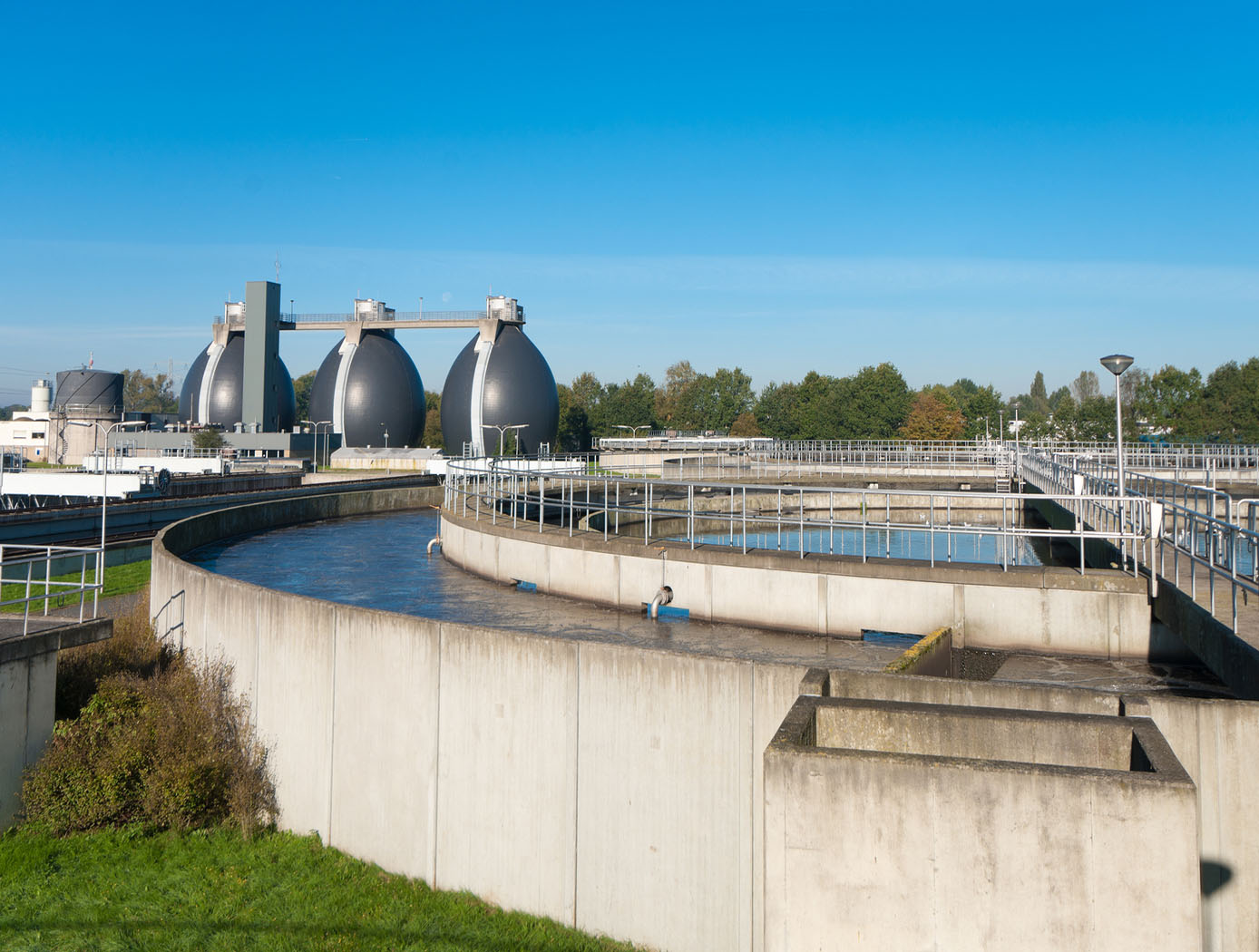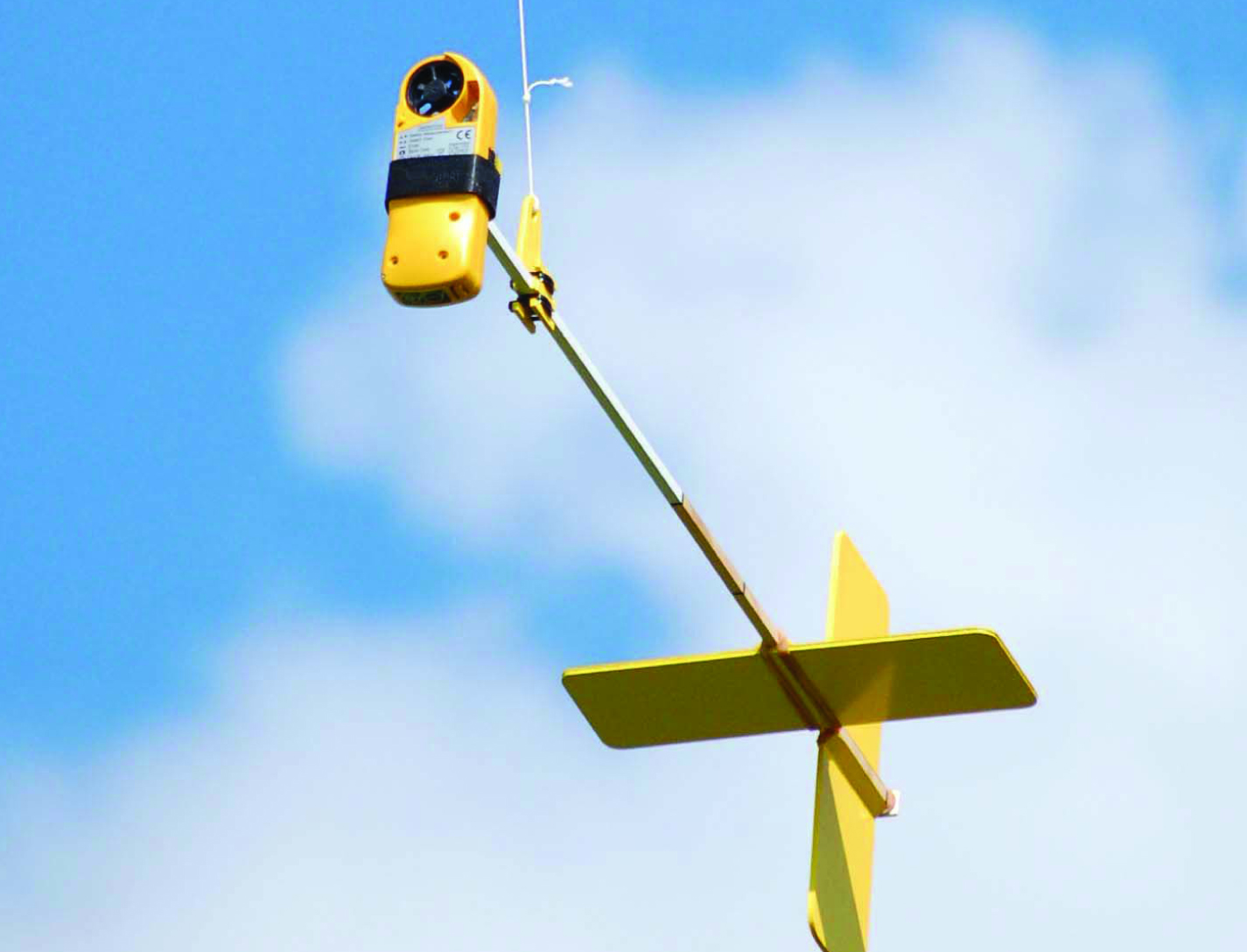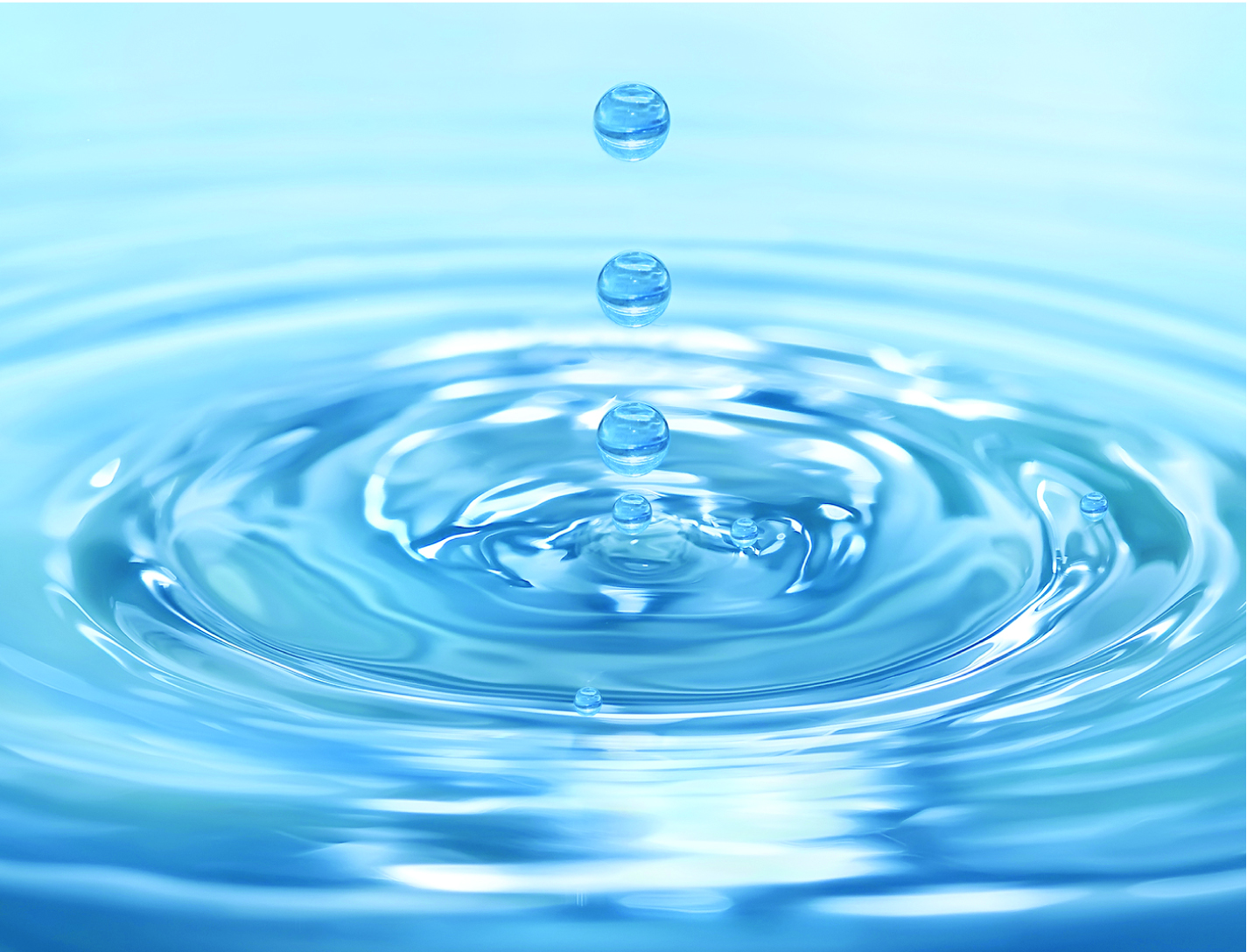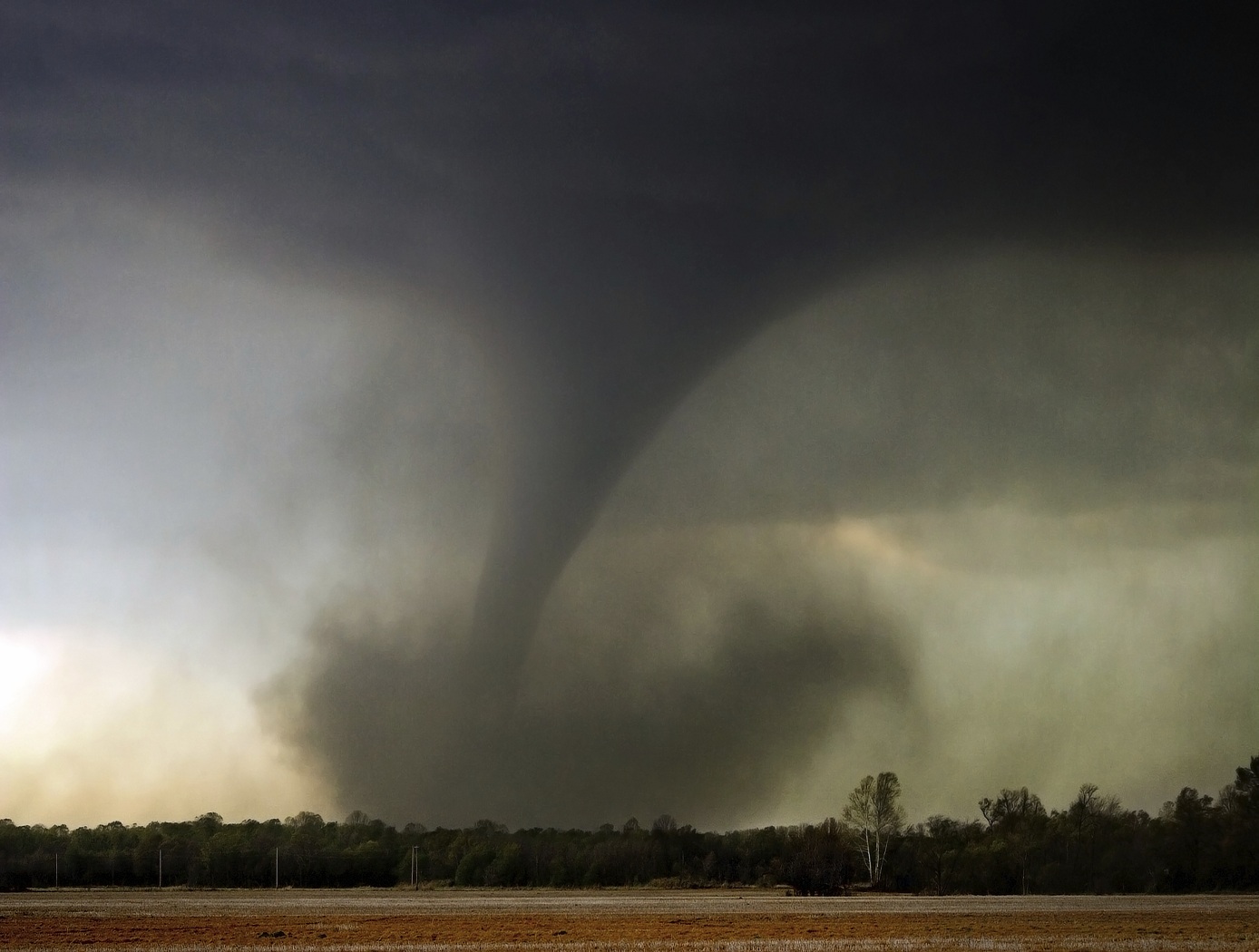Search
environment

Habitat Water Wall for Water, Solids, and Atmosphere Recycle and Reuse
This approach allows water recycling, air treatment, thermal control, and solids residuals treatment and recycle to be removed from the usable habitat volume and placed in the walls of a radiation-shielding water wall. It also provides a mechanism to recover and reuse water treatment (solids) residuals to strengthen the habitat shell. Water-wall treatment elements are a much-enlarged version of the commercially available X-Pack hydration bag. Some water bags have pervaporation membranes facing inward that provide the capability to remove H0, C0, and trace organics from the atmosphere. Ideally the water wall is composed of a series of membrane bags packed as dry elements integrated into an inflatable habitat structure wall. After launch and deployment, it is filled with water and maintained as both a freshwater supply and radiation shield. As the initial water supply is consumed, the depleted treatment bags are filled with waste water and take on a dual role of active forward osmosis (FO) water treatment and water-wall radiation shielding.
environment

Miniaturized Laser Heterodyne Radiometer
This instrument uses a variation of laser heterodyne radiometer (LHR) to measure the concentration of trace gases in the atmosphere by measuring their absorption of sunlight in the infrared. Each absorption signal is mixed with laser light (the local oscillator) at a near-by frequency in a fast photoreceiver. The resulting beat signal is sensitive to changes in absorption, and located at an easier-to-process RF frequency. By separating the signal into a RF filter bank, trace gas concentrations can be found as a function of altitude.
environment

CubeSat Compatible High Resolution Thermal Infrared Imager
This dual band infrared imaging system is capable of spatial resolution of 60 m from orbit and earth observing expected NEDT less than 0.2o C. It is designed to fit within the top two-thirds of a 3U CubeSat envelope, installed on the International Space Station, or deployed on other orbiting or airborne platforms. This infrared imaging system will utilize a newly conceived strained-layer superlattice GaSb/InAs broadband detector array cooled to 60 K by a miniature mechanical cryocooler. The camera is controlled by a sensor chip assembly consisting of a newly developed 25 m pitch, 640 x 512 pixel.
Sensors

Lightning Mitigation and Damage Detection
The NASA technology can be used to protect tall structures from lightning strike damage. When a lightning leader propagates through the atmosphere in the vicinity of a tall structure, the lightning electromagnetic emissions generated from the moving electrical charge will impinge upon the tall structure before the actual charge attaches. As the lightning leader propagates closer to the tall structure, the radiated emissions at the tall structure will grow stronger. The SansEC sensor is designed to operate within the lightning radiated emission spectrum and thus is passively powered by the external oscillating magnetic field from the lightning itself. The sensor will resonate and generate its own oscillating magnetic and electric fields which have been demonstrated to influence lighting attachment and propagation.
Environment

TerraROVER
The TerraROVER’s core functionality is centered around its electric propulsion system, enabling it to traverse various outdoor environments. Its drive system consists of electric motors and gearboxes that provide controlled speed and maneuverability. The remote-control interface allows users to adjust speed and direction, making it an effective platform for training and testing mobility systems. For advanced applications, the TerraROVER can be adapted for pre-programmed or autonomous navigation, expanding its use in robotics and automation research.
A key design feature of the TerraROVER is its adaptability for sensor integration. It includes mounting provisions for miniaturized sensors capable of capturing environmental data such as temperature, GPS location, and visual imagery. The platform supports both onboard data logging and real-time transmission, making it suitable for field studies, distributed sensing applications, and educational experiments. Fabrication is streamlined through the use of 3D-printed components, allowing for cost-effective production and easy assembly in classroom or research settings. Currently at Technology Readiness Level (TRL) 7, the system has been successfully demonstrated in an operational environment and is available for patent licensing.
materials and coatings

Molecular Adsorber Coating (MAC)
MAC is a zeolite based coating that captures and traps molecules in its microscopically porous structure. This microscopic nano-textured structure, consisting of large open pores or cavities, within a crystal- like structure, provides a large surface area to mass ratio that maximizes available trapping efficiency. MAC is a durable coating that is applied through spray application.
These sprayable coatings eliminate the major drawbacks of puck type adsorbers (weight, size, and mounting hardware requirements), resulting in cost savings, mass savings, easier utilization, greater adsorber surface area, more flexibility, and higher efficiency.
This coating works in air, as well as vacuum systems, depending on the application. There is potential for ground based spin-off applications of this coating, particularly in areas where contaminants and volatile compounds need to be collected and contained. Example industries include: pharmaceutical production, the food industry, electronics manufacturing (circuit boards and wafers), laser manufacturing, vacuum systems, chemical processing, paint booths, and general gas and water adsorption.
aerospace

AeroPod
The AeroPods design for steadying and damping payloads includes the use of a tail boom and fin combination. It is a novel design and provides a relatively simple alternative to the traditional methods for suspending equipment from kites or blimps.
The AeroPod is superior to the traditional Picavet pulley-style suspension system for kite-flight because its light weight, simple to construct, and has no moving parts. Furthermore, the AeroPod design is advantageous to the traditional tethered blimp suspension technique where tether motion is translated directly to the sensor system because the AeroPod is free of direct motions of the tether.
environment

Contaminated Water Treatment
This invention is a system and associated method that is a two step process. It provides a contaminant treatment pouch, referred to as a urine cell or contaminant cell that converts urine or another liquid containing contaminants into a fortified drink, engineered to meet human hydration, electrolyte and caloric requirements. It uses a variant of forward osmosis (FO) to draw water from a urine container into the concentrated fortified drink as part of a recycling stage. An activated carbon pretreatment removes most organic molecules. Salinity of the initial liquid mix (urine plus other) is synergistically used to enhance the precipitation of organic molecules so that activated carbon can remove most of the organics. A functional osmotic bag is then used to remove inorganic contaminants. If a contaminant is processed for which the saline content is different than optimal for precipitating organic molecules, the saline content of the liquid should be adjusted toward the optimal value for that contaminant.
sensors

Infrasound Sensor Technology
Large aircraft can generate air vortices in their wake, turbulence that can prove hazardous to aircraft that follow too closely. Because wake vortices are invisible, all takeoffs at busy airports are spaced several minutes apart. This separation gives the vortices time to dissipate, even though they only occur 10% of the time, with resulting loss of operational efficiency. Similarly, clear air turbulence is invisible and can also be hazardous to aircraft. By detecting such disturbances through their infrasound emissions, precautions can be taken to avoid them.
Other phenomena can be detected through infrasound, including tornadoes, helicopters on the other side of mountains, underground nuclear explosions and digging tunnels. Through the unique properties of infrasound, many of these can be detected from hundreds of miles away. NASA's infrasound sensor is a highly refined microphone that is capable of detecting acoustic waves from 20 Hz down to dc, the infrasound range. The design is robust and compact, eliminating the bulk and weight found in other technologies. Where most alternative methods are restricted to certain weather conditions and locations,
the NASA sensor filters noise from wind and other sources, allowing its use under any weather or geographic conditions.
sensors

Low Frequency Portable Acoustic Measurement System
Langley has developed various technologies to enable the portable detection system, including:
- 3-inch electret condenser microphone - unprecedented sensitivity of -45 dB/Hz
- compact nonporous windscreen - suitable for replacing spatially demanding soaker hoses in current use
- infrasonic calibrator for field use - piston phone with a test signal of 110 dB at 14Hz.
- laboratory calibration apparatus - to very low frequencies
- vacuum isolation vessel - sufficiently anechoic to permit measurement of background noise in microphones at frequencies down to a few Hz
- mobile source for reference - a Helmholtz resonator that provides pure tone at 19 Hz
The NASA system uses a three-element array in the field to locate sources of infrasound and their direction. This information has been correlated with PIREPs available in real time via the Internet, with 10 examples of good correlation.



